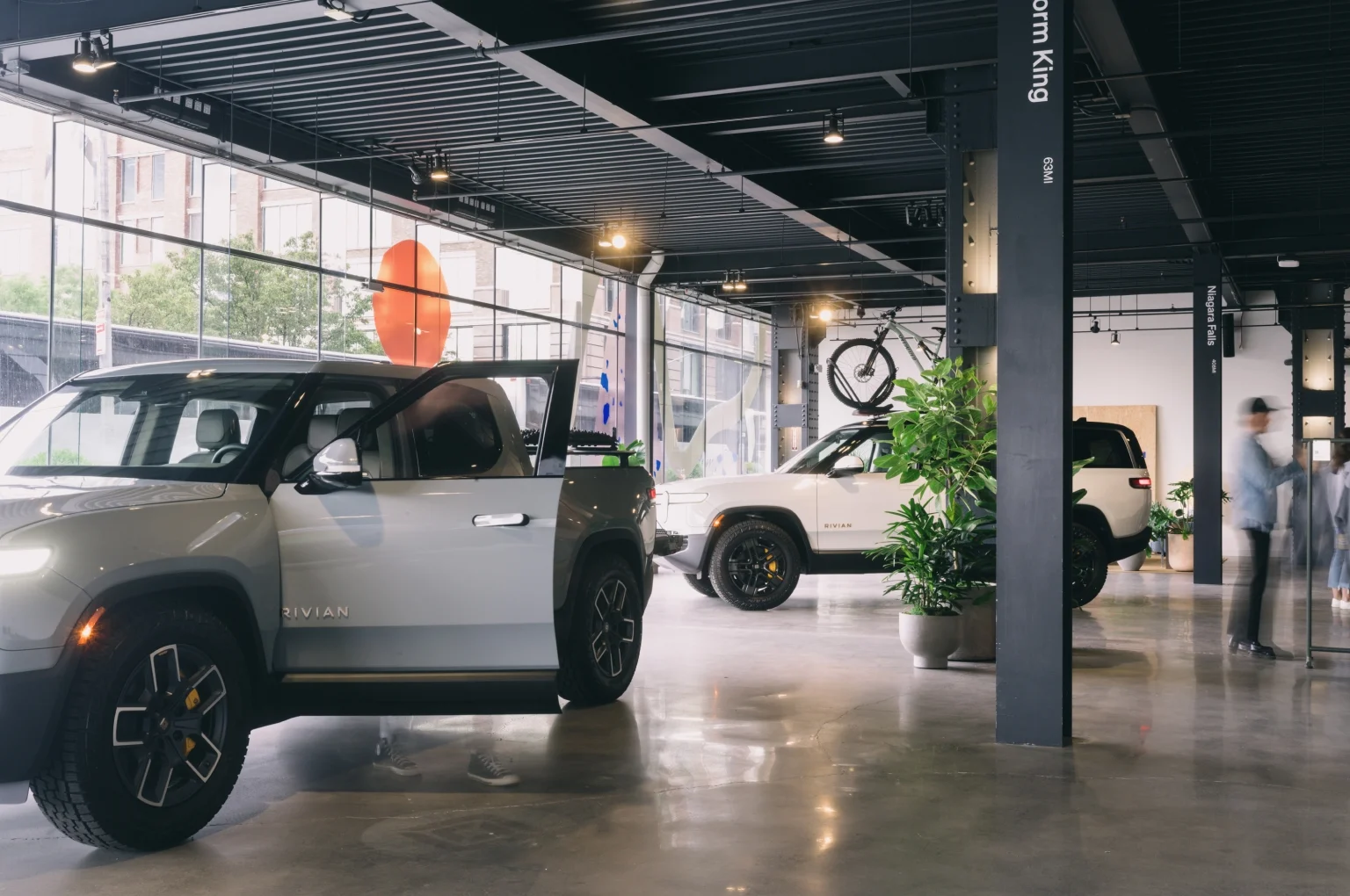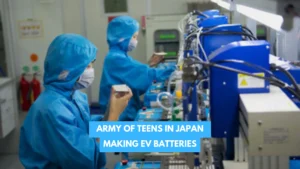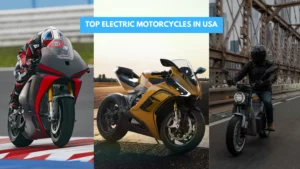Amid a technological renaissance, electric vehicle (EV) sales in the U.S. have surged dramatically, reflecting a transformation as seismic as the transition from the horse and buggy to gasoline-powered engines. The second quarter of 2023 saw a surge of 48.4% year-over-year in EV sales, illustrating the public’s increasing acceptance of this new mode of transport.
However, this surge, as profound as it is, has presented an interesting dilemma for manufacturers. Imagine a grocer having their shelves bursting with an abundance of apples while the customers stroll by, debating whether it’s the right season to make apple pie. Similarly, electric vehicle manufacturers are currently facing an inventory surplus, with a staggering 90,000 full-battery EVs standing as silent sentinels in lots, awaiting their turn to whir down the highways.
This surplus, much like a patient river eroding the hardest of rocks, has led to a significant transformation in the market strategy of these manufacturers. Not unlike seasoned hagglers in a bustling market, they have started to slash prices and offer incentives to attract potential buyers.
Pioneering giant Tesla has reduced the price of its renowned Model 3, and Ford, in a similar move, has dropped the price of its Mustang Mach-E and F-150 Lightning electric trucks. These price cuts, in effect, put most Ford models under the $80,000 threshold, qualifying buyers for the $7,500 EV tax credit. It’s a financial waterfall that cascades benefits onto potential buyers, making these vehicles more accessible to the average consumer.
However, this EV landscape, despite its price drops and incentives, can be a veritable labyrinth for buyers. Much like a lighthouse guiding ships through a stormy sea, doing a thorough research and comparing prices before making a decision can be a beacon of wisdom for consumers navigating this rapidly evolving market.
Yet, like in any debate, there are two sides to this coin. Some industry experts are akin to enthusiastic cheerleaders, championing the idea that now is an optimal time to invest in an electric vehicle. They cite the recent price cuts, increasing model variety, and the expanding charging infrastructure as compelling reasons
However, there are also the cautious referees, who believe it’s better to wait for prices to plummet even further. They argue that as more competitors enter the market and battery technology improves, further cost reductions are not just possible, but inevitable.
As the U.S. electric vehicle market evolves, it’s clear that the dynamics between manufacturers, government policies, and consumer behaviors are creating a fascinating and ever-changing panorama. Whether now is the perfect time to buy an EV or if it’s prudent to wait for further price cuts remains to be seen. Regardless, one thing is certain: the electric revolution on our roads is here to stay.




